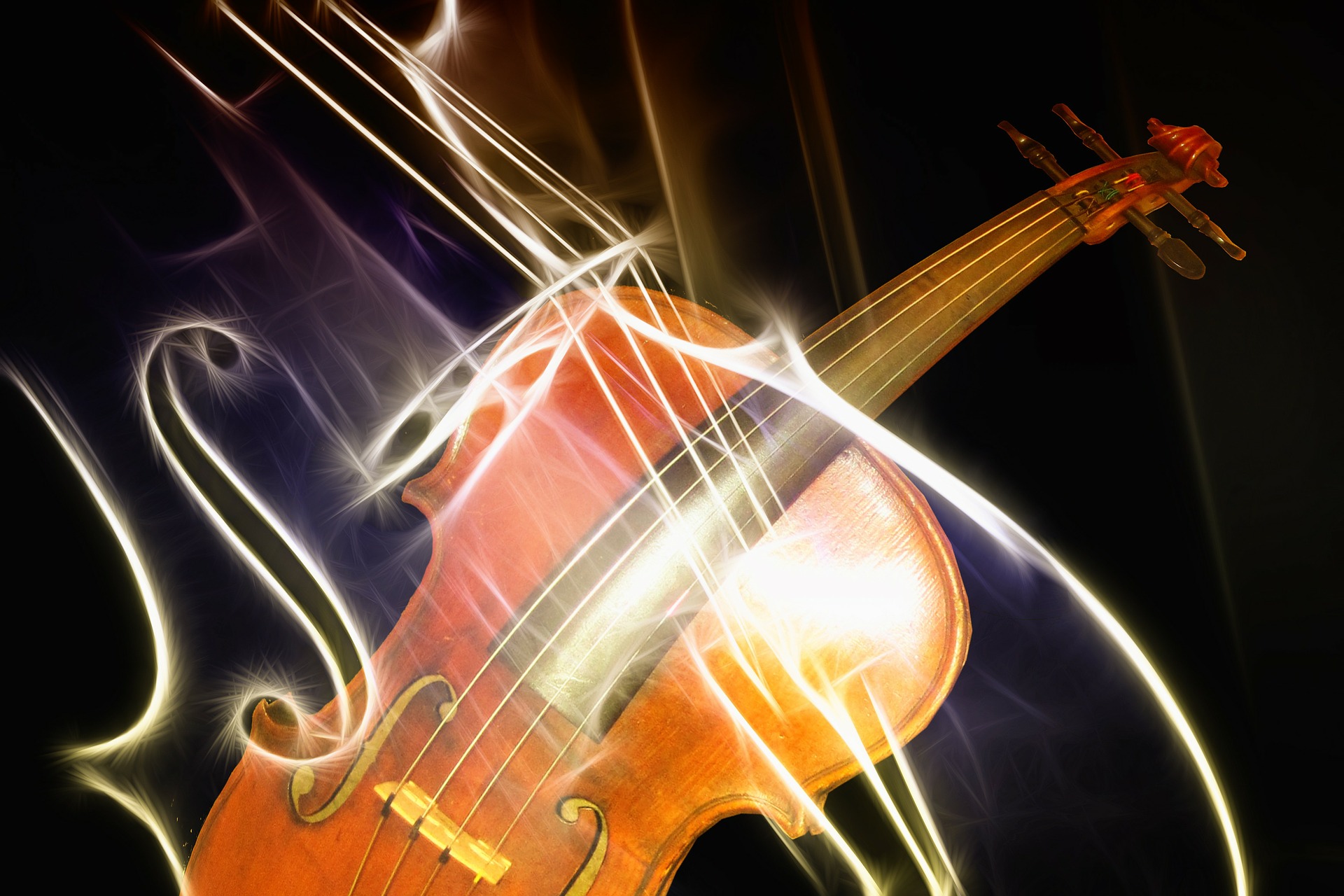Part 2 of 5.
(If you missed Part 1, you can read it here)
Dear Violin Co-Journiers,
More and more violinists are discovering the power hidden in a simple but effective warmup routine. For me, it has become the single most important part of my violin day. If I only have 30 minutes to play, I simply warm up knowing that I’ve surely maintained my skills, and most likely made some forward progress.
You might ask: “what about my orchestra music?” or “shouldn’t I be covering the solo I’ll be playing in church next month?” And my response will always be “Begin with your warmup. It will be the rock, the heart from which everything about your playing will emanate.”
This is utterly non-intuitive for many. Every cell in your body will be screaming to get started on the “real” music. More often than not it becomes a mindless fixation. You mindlessly focus on what could go wrong and then randomly pick away at the spots in the music that are likely to be the source of an embarrassing screw up.
The above paragraph describes a lot of violinists at levels ranging from novice to expert. And true confessions… yes, that was me for much of my playing career. All of this falls into the category of what I call “reactive” practice. Before long it can suck all the joy out of playing the violin.
Pardon my French, but screw that! If missing (or cutting short) a week of warmups is the price I pay for accepting low pay work, then I’ve made a deal with the devil. I’ve paid the ultimate price to take home a few dollars. If you’re a working musician, you must bring your skills noticeably forward on a regular basis. Otherwise you are doomed to a lifetime of low pay work.
That’s what a warmup can do: bring your skills to a constantly increasing level. Your playing becomes more refined and effortless. You are claiming new tools that give your playing more color, nuance and variety. You become a more flexible musician and have a lot more fun while playing.
Even if your aren’t a working musician, if you play purely for the joy of it, your warmup provides all the same above mentioned benefits. Even more so, since you can play on your own terms 100% of the time.
Reactive practice doesn’t work. It can actually make you a worse musician, reinforcing all the worst aspects of your playing and completely ignoring what you do well. If you’ve played for a while, I’m sure you know that bad habits are easier to form than good ones.
This is another reason to choose your gigs (even if they’re non-paying) carefully. Jim Rohn famously said “you are the average of the five people you spend the most time with.” The very same holds true for the musicians you hang with. Always try to play with players who have skills equal to or ahead of your own. Avoid the gigs where you feel like your own playing is getting dragged into the mud.
I’ve tried to make the point that reactive practice isn’t the way to go. That you should always have a plan for you practice. That holds true for EVERY level of player.
The best practice plans always begin with a warmup routine. Yours should too.
A few beautiful things about a good warmup:
- clears your mind and provides a transition from everyday thinking to a more open and aware modality.
- “lubricates” your muscles and joints for ease of flow and reduced effort
- fine tunes your tactile perception to the tiniest of sensations
- zeros in on the aspect(s) of your playing that match your current and future objectives
And more. But the above four points alone are more than sufficient to move your playing and enjoyment forward every day. Whether you are working alone, studying with a private teacher or enrolled in a conservatory program the warmup will have great value for you.
Next week I’ll describe the three building blocks of an effective warmup and also give you a simple plan to create your own. Stay tuned!
Bill Alpert
The Alpert Studio of Violin
p.s. If you have specific questions about warming up, or any other aspect of your violin journey you can REPLY to this email or simply visit this page.

